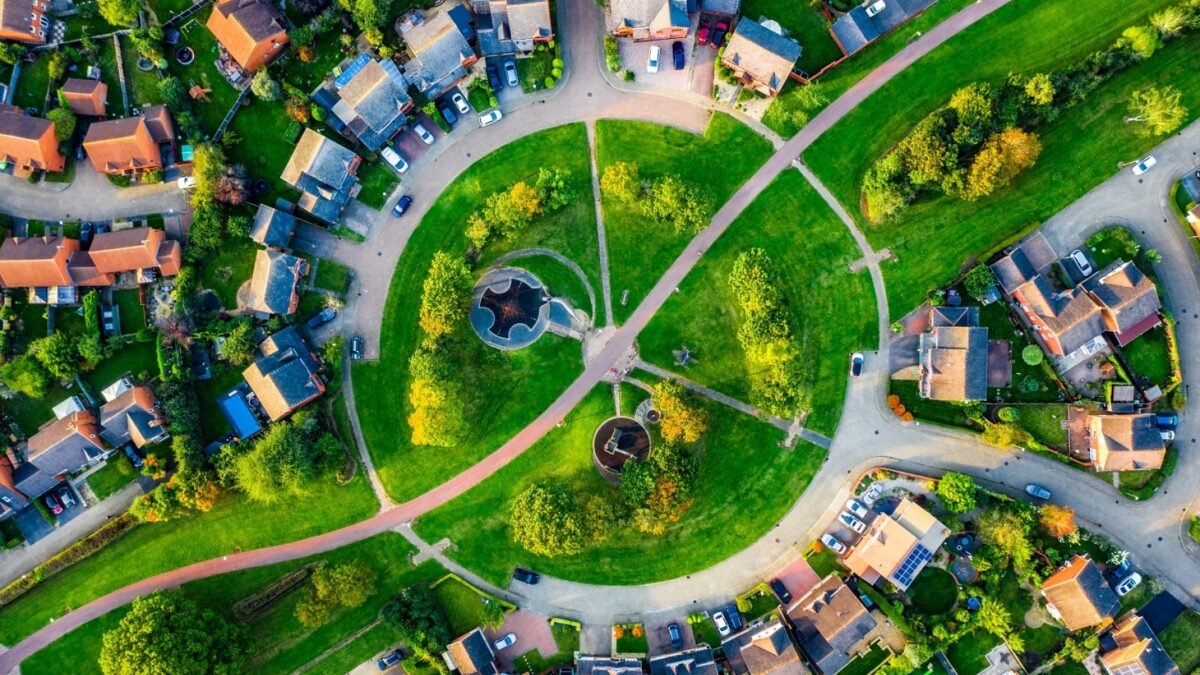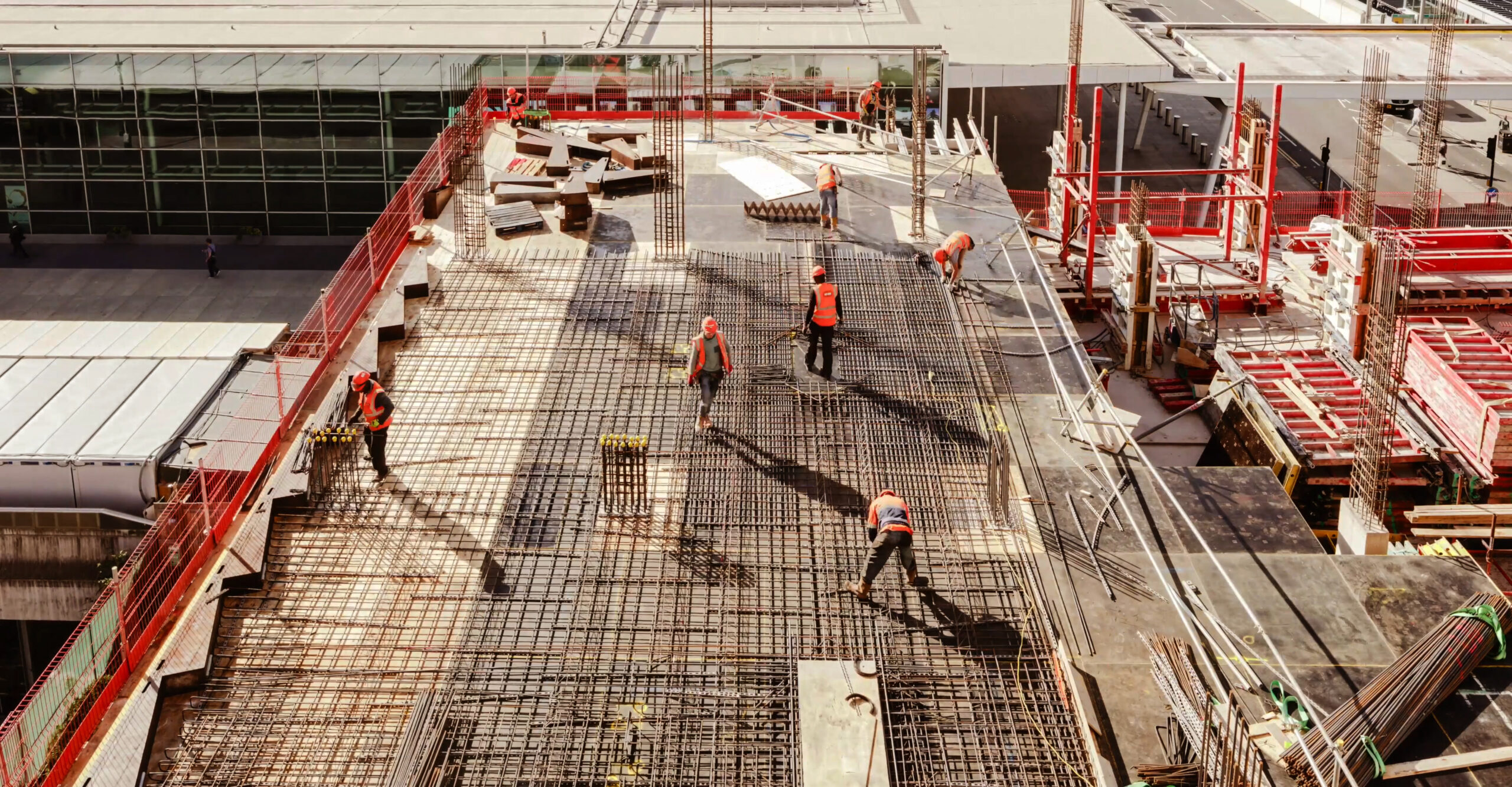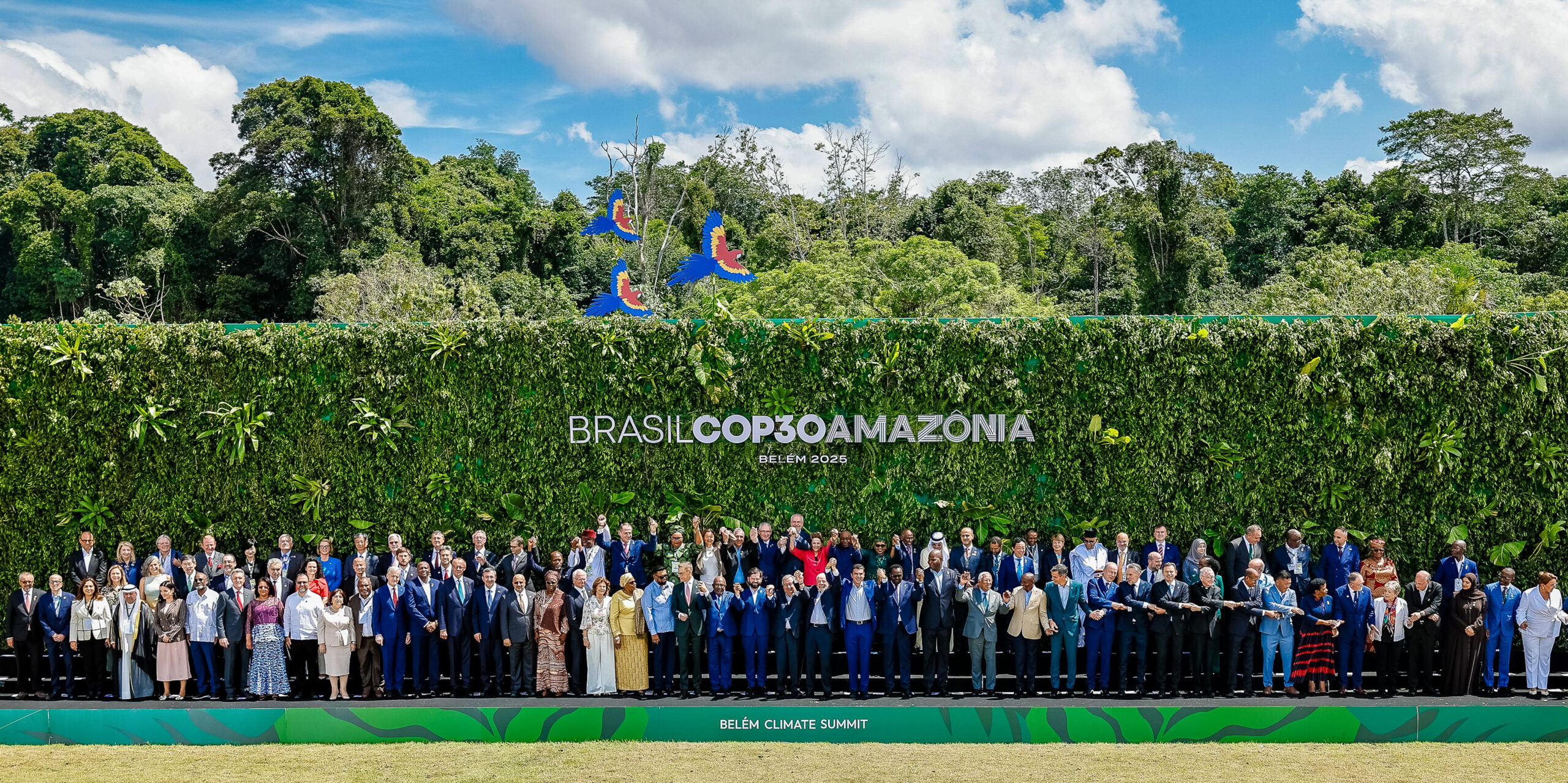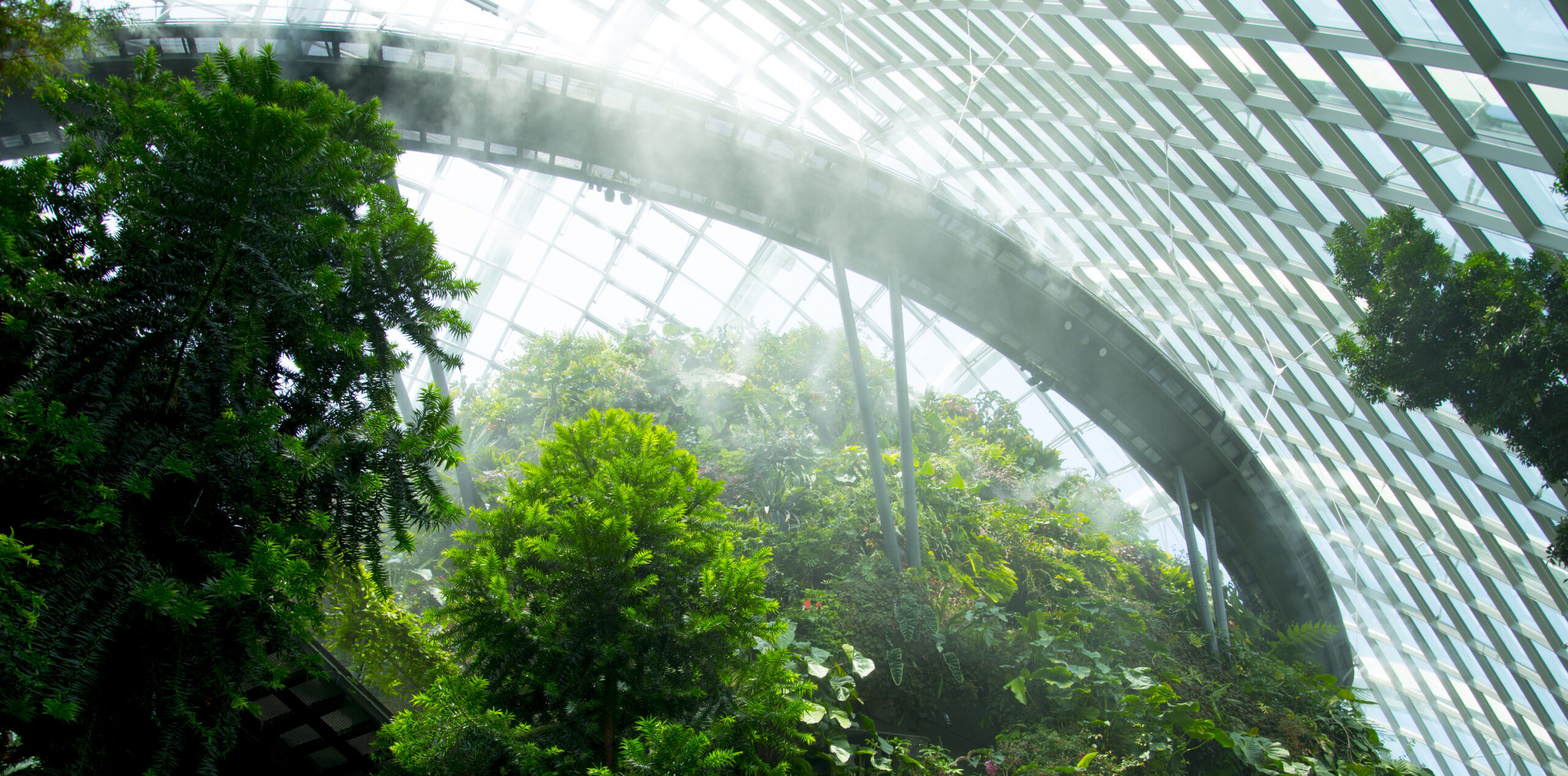The growth of modern cities is a critical lever for economic growth and prosperity around the world, bringing benefits such as improved employment opportunities and an increased quality of life for citizens through better education and health. Despite these benefits, the world’s cities account for 70% of energy consumption and 75% of carbon emissions while occupying just 3% of the Earth’s land mass.
With high concentrations of people, complex infrastructure, intensive housing and concentrated economic activity, the future consumption of cities will heavily impact our ability to reach climate goals. To ensure that this consumption doesn’t compromise our protection of the environment and management of climate change risk, we must carefully consider how cities are built and operated in the future.
With these challenges in mind, cities around the world have an opportunity to take advantage of system-level solutions that help significantly reduce their energy and materials consumption while maintaining a good quality of life for its citizens.
Read on below for our 4 future scenarios for sustainable cities:
- We reimagine the paradigm of consumption, with consumers embracing new models of ownership and service use
- We take a whole systems approach to city transport that minimises carbon and helps citizens to be healthy and connected
- We create a decarbonised, net-zero built environment
- We work together to create regenerative and circular communities
At Xynteo, we believe in the need to collaborate in order to solve systemic challenges that are too big for any one organisation to solve alone. This applies to all elements of sustainable cities – clean and efficient transport solutions, green architecture and sustainable buildings, renewable energy generation, circular waste and resource management, and urban regeneration.
This change starts with leaders who think and act differently. In February, we convened leaders from across sectors and value chains with a role to play in the transformative journey towards sustainable, clean, and circular cities.
This group of experts, practitioners, and innovators from the fields of transport, materials, mining, the built environment, urban regeneration, finance, and urban design shared their vision for what sustainable cities should look like, giving us four future scenarios of how cities might change. Each of these comes with its own unique opportunities and considerations.
FUTURE SCENARIO 1
We reimagine the paradigm of consumption, with consumers embracing new models of ownership and service use
As we transition into a circular future where goods and materials circulate through the economy at their highest value – and things are shared and used, not owned – the producers of critical materials used to build sustainable cities are an active participant of this economy, not just a linear input provider. This includes providers of critical minerals for batteries and steel for construction, both boosting the circular economy at large and helping actors participate in a new value exchange paradigm. Assurance frameworks such as The Copper Mark are critical for ensuring that materials are produced, sourced, and recycled responsibly. Such a shift also engages end users of these materials to understand best how to encourage their participation in a closed loop model, moving the from consumers to “prosumers” i.e., those that both produce and consume.
Key considerations
For this new paradigm to play out, collaboration across value chains – from raw material producer to the end consumer of goods – is critical, so that all participants in the system can share both value generation and the real cost of materials being built in (e.g. carbon impact or ‘green premiums’). Such a model is especially important if the costs and risks are to be more equally understood, accounted for, and shared. Xynteo’s Vikaasa coalition works closely with communities to engage them on this level of change.
FUTURE SCENARIO 2
We take a whole systems approach to city transport that minimises carbon and helps citizens to be healthy and connected
As urban hubs grow, demand for transport networks that are clean, efficient, and inclusive also increases. A zero-emission fleet of shared cars, micro mobility (such as bikes and e-scooters) and well-connected public transport options help to keep emissions per capita as low as possible, catering for both short journeys and longer ones. Public transport plays a core role in shifting demand from higher carbon options and has a localised positive impact on traffic, noise, and air pollution. Deployed solutions meet the holistic needs of communities, helping citizens to be healthy and connected, an idea well espoused in the Fifteen Minute City concept.
Key considerations
In building this low carbon, connected city, stakeholders of urban planning need to align on the technologies that we’re going to deploy (e.g., rail versus electric vehicles versus autonomous electric vehicles), so that surrounding infrastructure is aligned and that emissions per capita are kept as low as possible.
FUTURE SCENARIO 3
We create a decarbonised, net-zero built environment
Given the significant carbon footprint of building construction and operation, the materials from which our built environment are constructed and the energy consumed in their operation are, at least, net-zero. The latter sees the significant retrofitting of building stock to both bring down the carbon footprint of energy consumption and reduce the cost of operation for consumers. As construction materials and construction processes undergo a transformation towards low carbon, the sector embraces circularity to make use of existing materials and structures and building new assets with reuse in mind. This is achieved, in part, through integrated decision-making and data-sharing across the value chain, as encouraged by PAS 2080, a specification for managing whole life carbon across the value chain.
Key considerations
The production and use of low carbon materials need to be cost-competitive, with new markets created in some cases. Initiatives such as Xynteo’s Build Ahead coalition in India seek to do just this.
FUTURE SCENARIO 4
We work together to create regenerative and circular communities
A range of viable solutions are now available for making urban centres more sustainable – from walkable cities, to low-carbon construction, sharing economies, clean energy, co-mobility and the integration of natural capital (e.g. through nature co-design or biophilic design). Cities are designed to be multifunctional and approachable, integrating all segments of a society in a manner that encourages safety, harmony, and well-being. These approaches combine to build regenerative and circular communities that connect citizens, business and local nature so that they can work together, much like The Phoenix, a sustainable neighbourhood on a former industrial site in Lewes, East Sussex.
Key considerations
A wide-range of stakeholders need to be engaged and bought-in to this kind of systemic change, especially the communities in which this change would unfold but also local businesses and policymakers. Cities such as Cebu in the Philippines are leveraging their communities in this way to build regenerative futures, as explored in our recent Leadership Vanguard immersion.
All four of these scenarios must play out for us to move towards a sustainable and circular model for our cities, requiring action from stakeholders from across the system. With this goal in mind, Xynteo are looking beyond the given ways of working that exist today while leveraging the expertise and influence that our partners possess as leading global organisations. We invite you to join us on this journey, and we thank our incredible participants for their valuable perspectives and tangible inputs.



